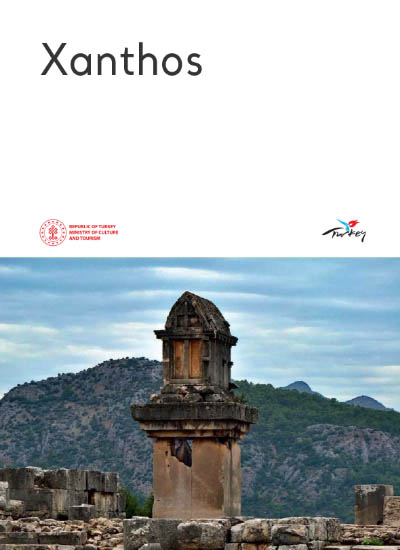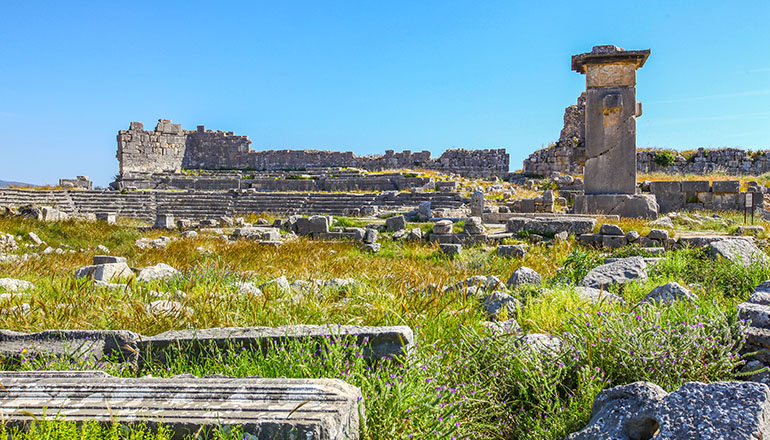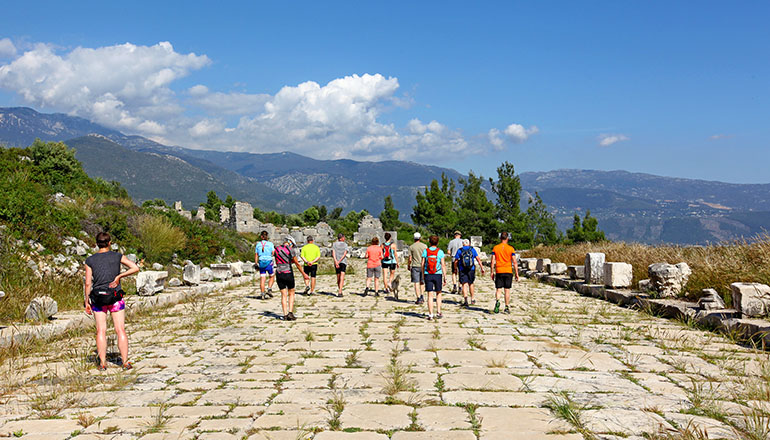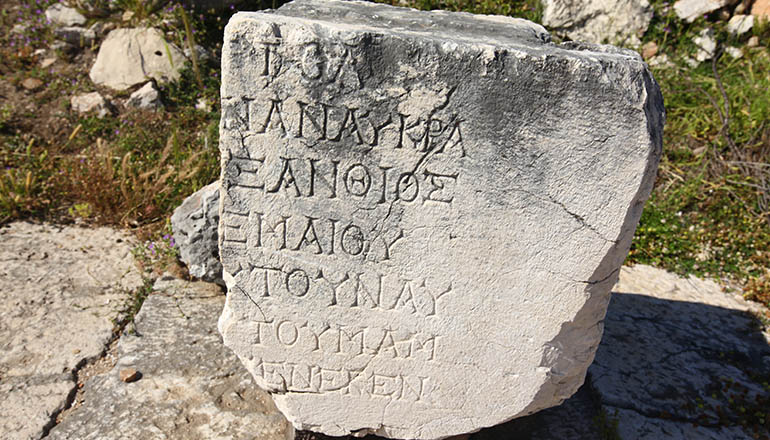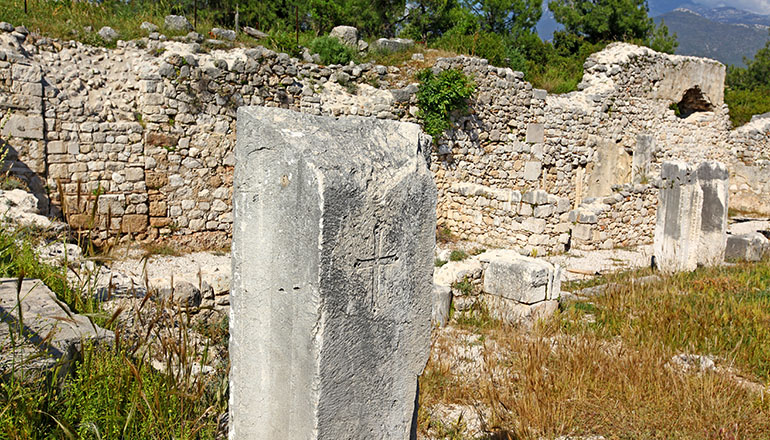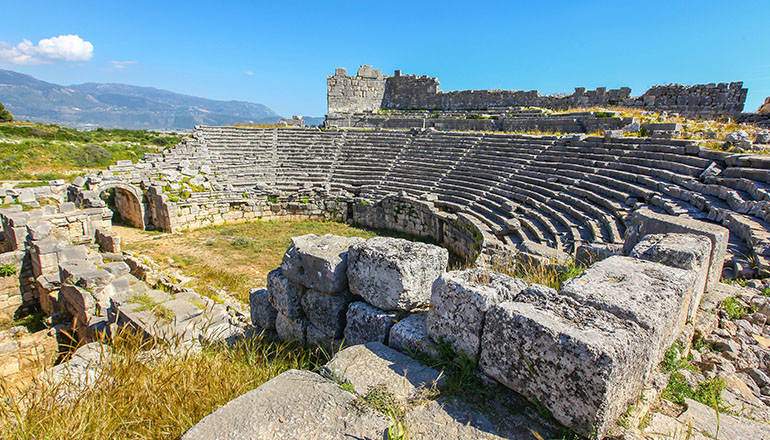Xanthos is a place where the spirit of Lycian freedom is felt most intensely. The people of ancient Xanthos prioritised their freedom above all else, never surrendering to anyone and preferring death over capture. This passion for freedom is exemplified in the many historical accounts of those who gave their lives for their country. However, the people of Xanthos stand out as the most striking examples of this passion. According to Herodotus, the 'Father of History', the people of Xanthos refused to surrender to the Persians despite being vastly outnumbered. In order to prevent their women and children from being captured, they tragically chose to kill them. They also burned their cities and possessions to the ground, leaving nothing for the enemy. Finally, they fought to the death, refusing to surrender. In subsequent years, the entire population was once again killed and the city was razed to the ground as punishment for their refusal to surrender to the Roman Empire. Xanthos is a city in Lycia that has endured numerous disasters and occupations, yet has managed to become one of the most magnificent and great cities. Homer revealed that the commander of the Lycians who participated in the Trojan war was from Xanthos, providing insight into the city's early history. Until 1200 BC, it served as the capital of the Lycian union. The inclusion of Xanthos in the UNESCO World Heritage List, along with nearby Letoon, is evidence of its global recognition and importance. Today, monumental tombs are particularly noteworthy in the settlement. Xanthos is the only place where 15 existing monumental tombs have been found. The Inscribed Tomb Monument stands at 4 metres tall and features the longest surviving Lycian inscription. The Harpies Monument, which was taken to England, has reliefs of human and siren figures in its remaining parts. The theatre was constructed during the Roman Period. The Vespasian Arch serves as the entrance to the city from the south. The city walls, which were built in the 5th century BC, provided defense for many years. On the acropolis, in addition to the palace, there is a building believed to be the Temple of Artemis, as well as the ruins of a Byzantine monastery. Although Xanthos was home to many important ruins until the early 1800s, several artefacts, including the Nereids Monument, the Harpies Monument, and the Lion Tomb, were taken to England in pieces by ships. The settlement has a complex water network that runs throughout the city. It is still in use for irrigation purposes despite its age. The canals were expertly constructed and are fed by İnpınarı, also known as 'the eye of the water', which is located kilometres away from the city. The canal can be followed to the spring that emerges from the rocks in İnpınarı, which is enclosed in a temple-like structure. The road provides picturesque scenery.
XANTHOS ARCHAEOLOGICAL SITE
